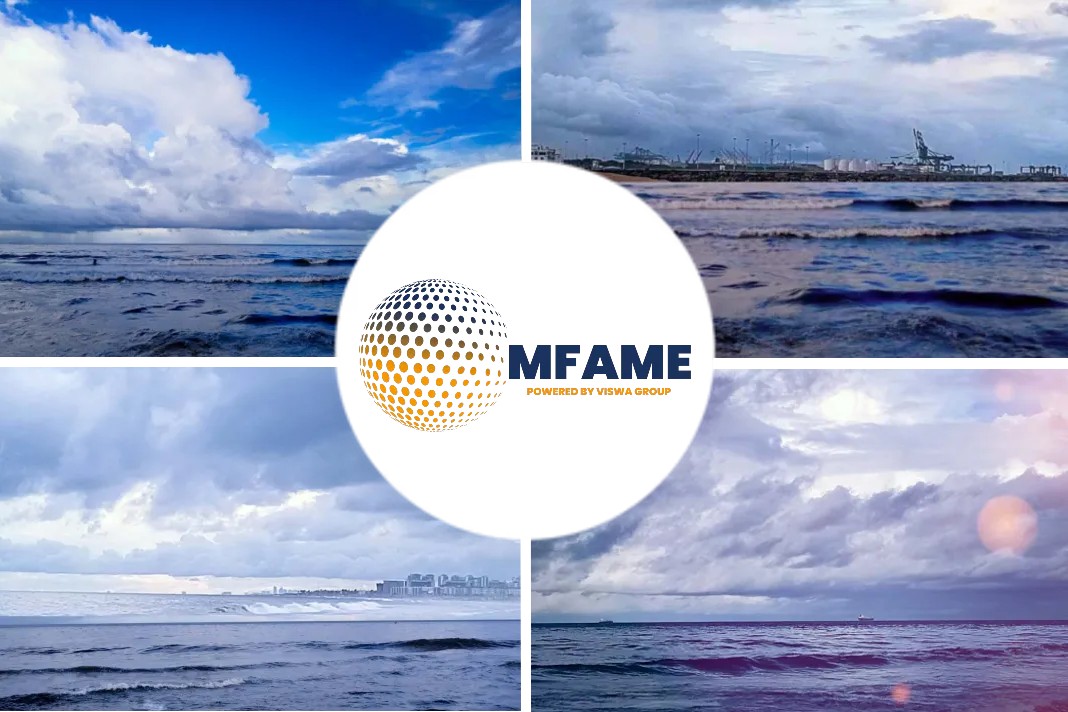
The use of 360-degree cameras and underwater remote-operated vehicles (ROVs) is revolutionizing research and conservation efforts at the Port and its partners. These innovative tools provide immersive experiences by capturing every detail of the underwater world, allowing for a rich and three-dimensional exploration. They enable scientists to study marine life in their natural habitats and help reduce carbon emissions while preserving the marine environment. This technology is transforming the way the Port conducts research, conservation, and habitat preservation, offering breathtaking and awe-inspiring views of underwater ecosystems.
What exactly is an ROV and how are they used in marine research?
Small underwater remote-operated vehicles (ROVs) have evolved into comprehensive and cost-effective solutions for exploring and monitoring aquatic environments. These remotely controlled robotic systems allow operators on the surface to study the underwater world non-invasively. Equipped with cameras, lights, and scientific instruments, small ROVs capture high-quality images and video footage of marine life and habitats. Their versatility allows for instrument customization based on user needs. Beyond scientists and researchers, anyone can use small ROVs for underwater sightseeing. They come in various sizes, from handheld units to larger vehicles requiring a team of operators, opening up endless possibilities for underwater exploration.
Studying marine life with 360-degree cameras
The use of 360-degree cameras in marine research and habitat assessments offers an interactive and immersive viewing experience, capturing panoramic images and videos from every angle. This technology holds promise for improving observational studies and data collection by allowing researchers to study marine life in a comprehensive way. When combined with miniature ROVs, 360-degree cameras can create high-quality images and videos for surveying and monitoring purposes, particularly for tracking moving species and assessing habitat conditions. Additionally, these cameras and ROVs can be equipped with sensors to measure water quality and environmental factors, providing valuable data for monitoring changes in the ecosystem and identifying potential threats.
Innovative underwater tools and habitat restoration
Elliot Bay kelp forests
The Port of Seattle is actively engaged in various research initiatives aimed at gaining a deeper understanding of the nearshore environment. One focal point of these efforts is the study of kelp forests, which play a vital role in providing nourishment, protection, and refuge for a wide range of fish, birds, and marine mammals. They also actively absorb atmospheric carbon, potentially offering protection against the harmful effects of ocean acidification. In 2022, Port of Seattle and the Seattle Aquarium collaborated to map, monitor, and understand the distribution of urban bull kelp (Nereocystis luetkeana) beds that line the Elliott Bay waterfront and the East and West Waterways of Seattle Harbor. The goals of the research include:
- Investigate bull kelp’s habitat preferences and impacts on growth
- Develop new conservation and monitoring strategies; and
- Deepen our understanding of the nearshore marine ecosystems
Did you subscribe to our newsletter?
It’s free! Click here to subscribe!
Source: Port Of Seatle






















